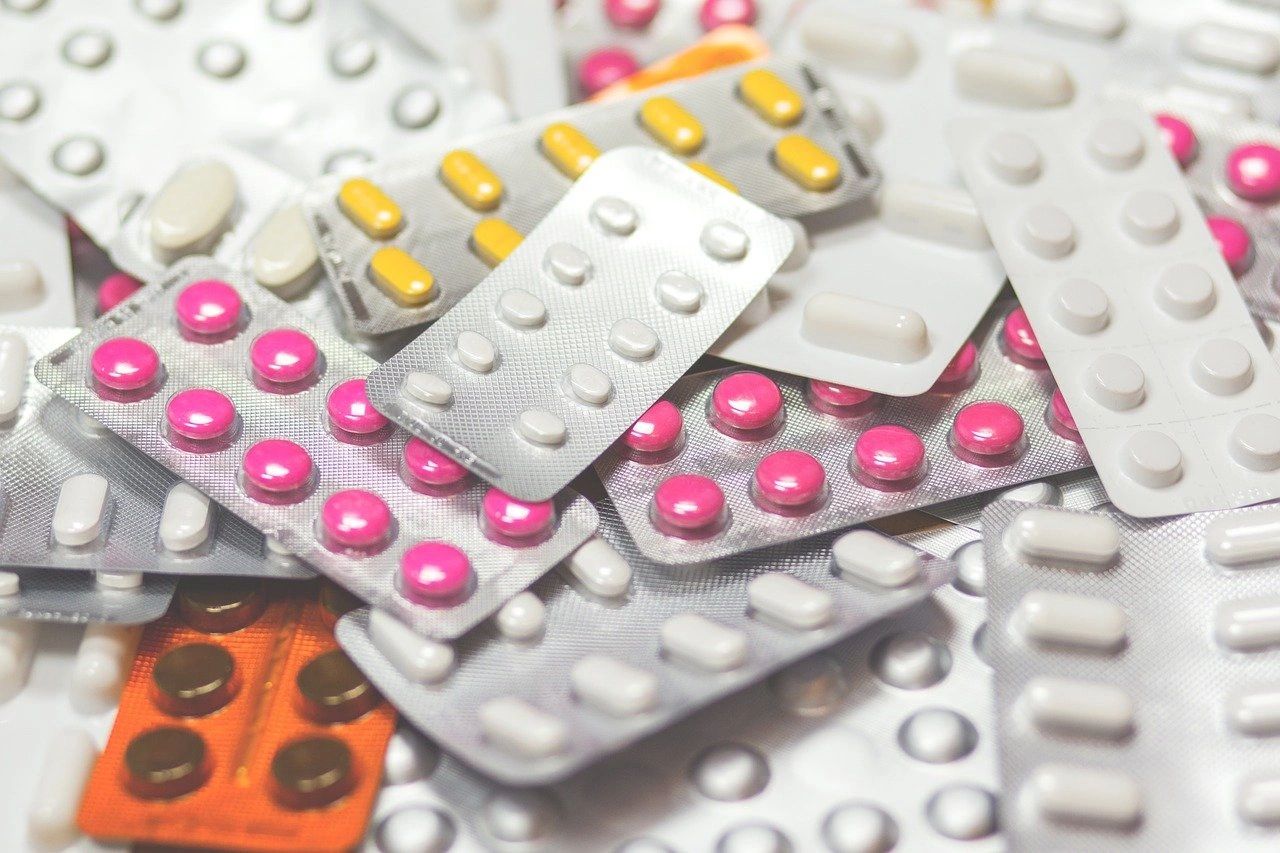
Part 1 – US Pharmaceutical Regulatory Path
Pharmaceuticals and medical devices are regulated in the USA by the FDA. The regulations started to diverge in 1976 following the passage of the Medical Device Amendments to the Food, Drug, and Cosmetic Act. Each type of medical product has a different regulatory pathway with a sequence of stages, each with its own phase-appropriate needs. This month we’ll review both paths to prepare for your product’s regulatory journey.
Pharmaceutical research and development follows a similar path globally, so understanding the US regulatory path is an excellent place to start your education. There are typically four phases, each of which has a unique yet complementary focus. These are:
- Discovery – Discovery scientists are looking for three critical puzzle pieces – a mechanism for the disease state, a way to shift that mechanism with disease benefit, and a chemical or biological entity that will interact with the mechanism to create that shift. This phase is the hardest part of drug development, with the lowest level of success. Many Discovery programs end without finding any active drug candidates. Critical to success are the primary research programs and natural history studies to understand the disease symptoms and mechanisms and the diagnostic and measurement tools that connect the in vitro picture to the clinical reality.
- Pre-Clinical Development – Once the team finds the active chemical or biological entity (the candidate drug), pre-clinical development scientists assess the candidate for its potency, safety, and drugability. The last is a term for the physicochemical properties that enable using the candidate as a treatment. The team also works to find back up candidates that are more potent or have better properties. Essential to this work are tools that enable the measurement of drug levels in biological fluids and test systems predictive of human drug safety and response. The goal of pre-clinical development is producing the evidence and clinical trial protocols for an Investigational New Drug (IND) application to the FDA. The approved IND gives the sponsor the authority to proceed with clinical trials.
- Clinical Trials – Most people become aware of possible new treatments right before they enter clinical trials; the studies in humans provide statistical evidence of safety and efficacy. Attrition at this phase is lower – about 1 of every 13 treatments is successful at this stage. Phase 1 clinical trials measure how the drug behaves when administered to healthy people and what kinds of safety signals doctors should look for in patients. Phase 2 trials are small scale studies in patients with the target disease. These trials give the first evidence the candidate is potent enough to proceed on to Phase 3 trials, which provide a fuller picture of the candidate’s safety and efficacy in a broader patient group.
- NDA – Few people realize that the New Drug Application (NDA) is a dynamic document and an integral component of the final approved drug. It contains information about how and by whom the drug is manufactured, packaged, and labeled and the clinical trials’ results. An NDA may be approved with post-approval commitments to fully measure product shelf life, extend clinical data, and update labeling and prescription information. An approved drug’s life cycle will include annual product review reports summarizing data on drug production and distribution, additional submissions to make needed changes to materials or components used in production, and reports of any adverse events associated with drug use.
Does this sound complicated? Yes, but not impossible to understand or operate, whether you are part of big Pharma or a startup. Next week we’ll see some examples of this path in practice.
Reach out to me if you want to know more or discuss your medical product development or business challenges.
https://www.linkedin.com/company/katrina-rogers-consulting-llc
https://calendly.com/katrinarogers
Text Copyright © 2020 Katrina Rogers
Photo courtesy of Pixabay
